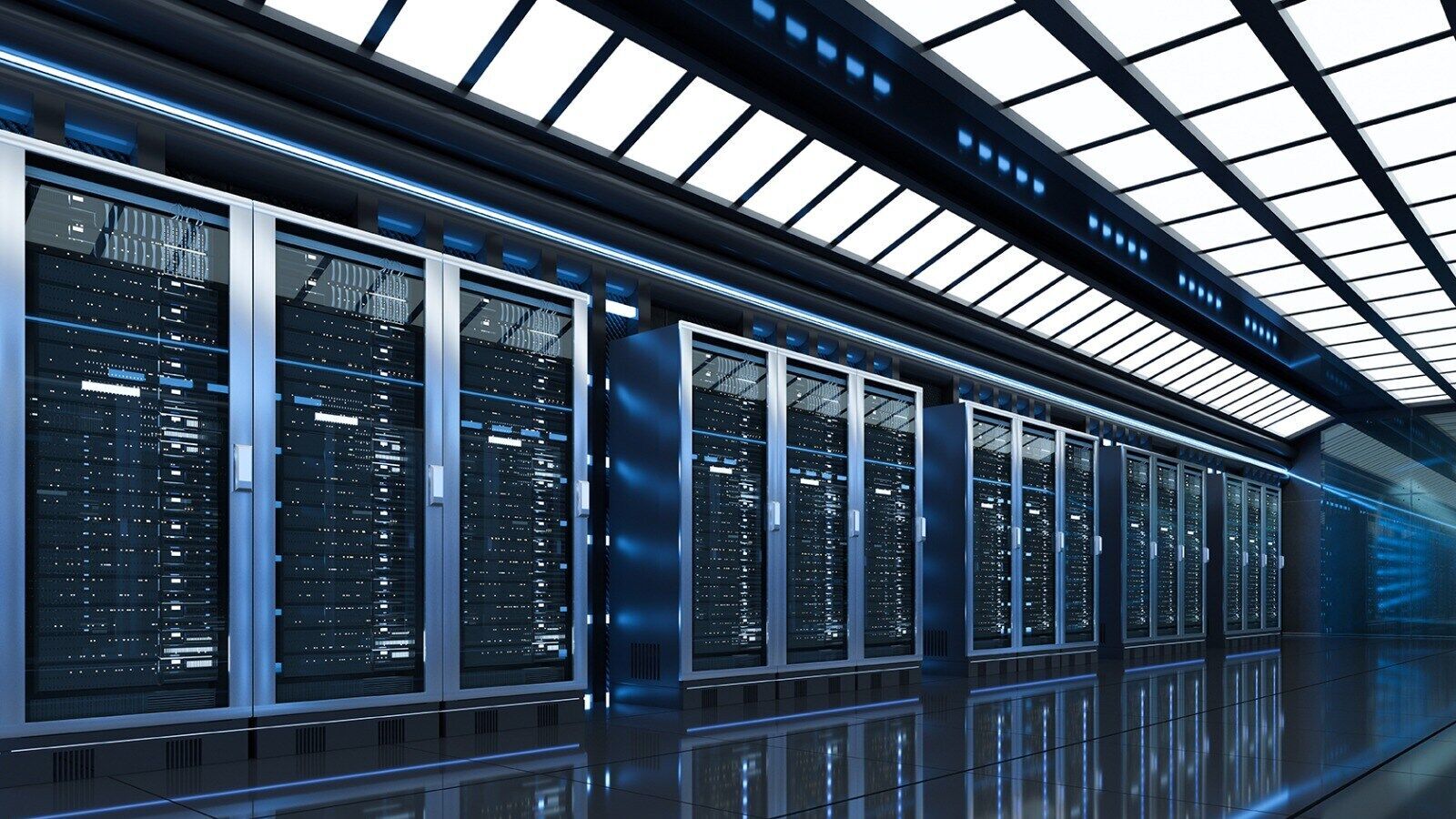Copyright © HT Digital Streams Limited All rights reserved. As data centers proliferate, do we have enough clean energy for them to keep pace? There is a reason why data center capacity is measured in megawatts or gigawatts of power. (istockphoto) Summary Google is planning a large data hub in India. TCS, Reliance, Adani, Bharti Airtel, L&T and others are also investing in data centers. Pin it on the growing demand from India’s booming digital economy coupled with global AI ambitions. But can clean energy supply keep up? Here’s how R&D can help. India generates about 20% of the world’s digital data but is home to only 3% of its data center capacity. At the same time, India’s policy objective is to have all sensitive data generated about Indian entities stored in the country—exclusively or not is another debate. Just to store what we currently generate, we will need to rapidly increase local capacity. Aside from increasingly large aspects of our existence going digital, we also have the voracious data appetite of artificial intelligence (AI) to contend with. In total, we can expect the demand for facilities that store and process data to rise exponentially. It is in this context that US-based Google has raised its 2025 capex outlay to $85 billion, as reported, and plans to invest $15 billion over five years in building a data hub at Visakhapatnam. Indian software major TCS has its own data center plan, as do other local players such as Reliance, Adani, Bharti Airtel and L&T. With so much capacity about to be added, India has to start worrying about supplying these units with the electricity they will sneak. There is a reason why data center capacity is measured in megawatts or gigawatts of power. A single facility’s storage capacity and processing power can change rapidly, as the same warehouse can host multiple configurations of hardware, often with their chips frequently upgraded. Although it takes electricity to run processors, it takes even more to maintain optimal environmental conditions for them. Google proposes to kick off with a capacity of 1 gigawatt (GW), while TCS is aiming for that scale in a few years. To put this in perspective, just these two will account for half of Mumbai’s power demand, placed at around 4GW. India’s entire installed generation capacity is now close to 480GW. Of these, about half do not burn fossil fuels to generate electricity; its sources are mostly renewable, with nuclear forming a small wedge. As India’s economy grows larger and more complex, power consumption is sure to rise from its currently low per capita level. In line with our transition to sustainable energy as part of a national drive to decarbonise the economy, we need to increase the share of clean electricity consumed across the country. This means that big guzzlers like data centers need to arrange low-emission power supply if they are not to distort India’s climate progress. America’s Big Tech giants value eco-friendly reputations and have unveiled clean energy plans to fuel their AI ambitions. Indian data center investors seem relatively limited in their options right now. Still, for comfort, we need a quicker transition overall. More than two-thirds of the electricity used in India still comes from burning coal. Given our large coal reserves, we have resisted phasing it out, yet we must minimize its harmful emissions. Indian coal is relatively free of sulphur, although its ash content is high. Of course, its carbon exhaust is the big concern. If we expect to keep coal as a fuel in play, we must gasify it, burn that gas – either syngas or methane – and capture the carbon dioxide released in the process. Coal gasification is vintage technology. However, with R&D we can improve on it. Apart from better conversion to gas, we can aim for the ‘pyrolysis’ of methane into valuable forms of carbon (such as graphene) and hydrogen, which is a clean fuel. All told, while the rise of data centers is welcome as it attracts capital and satisfies an identified need, R&D efforts must accompany it. Get all the Business News, Market News, Breaking News Events and Latest News Updates on Live Mint. Download the Mint News app to get daily market updates. more topics #Clean energy #artificial intelligence #coal Read next story
Data centers: Let them thrive, but not at the expense of our climate goals
